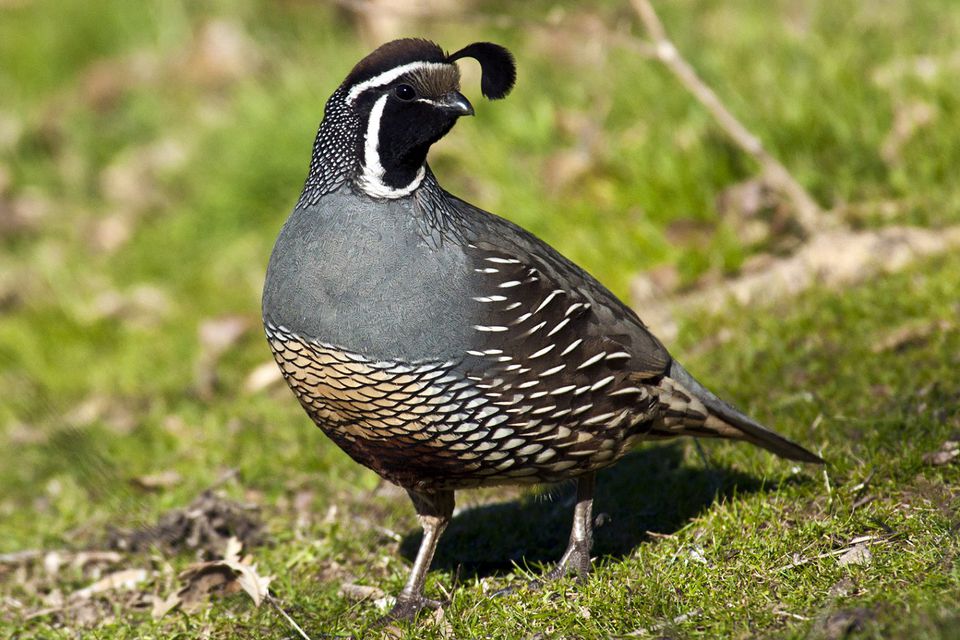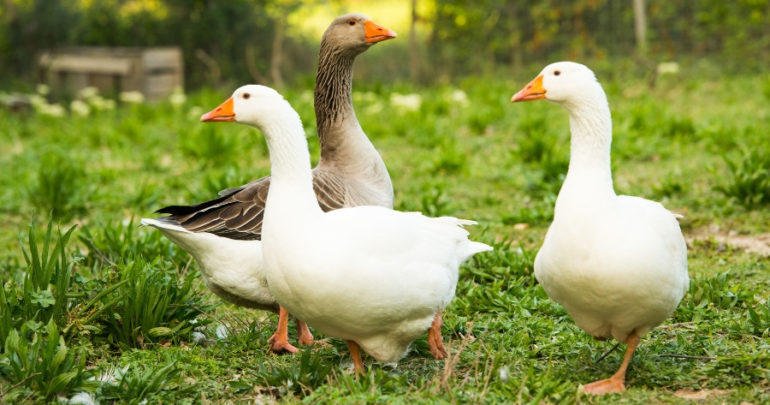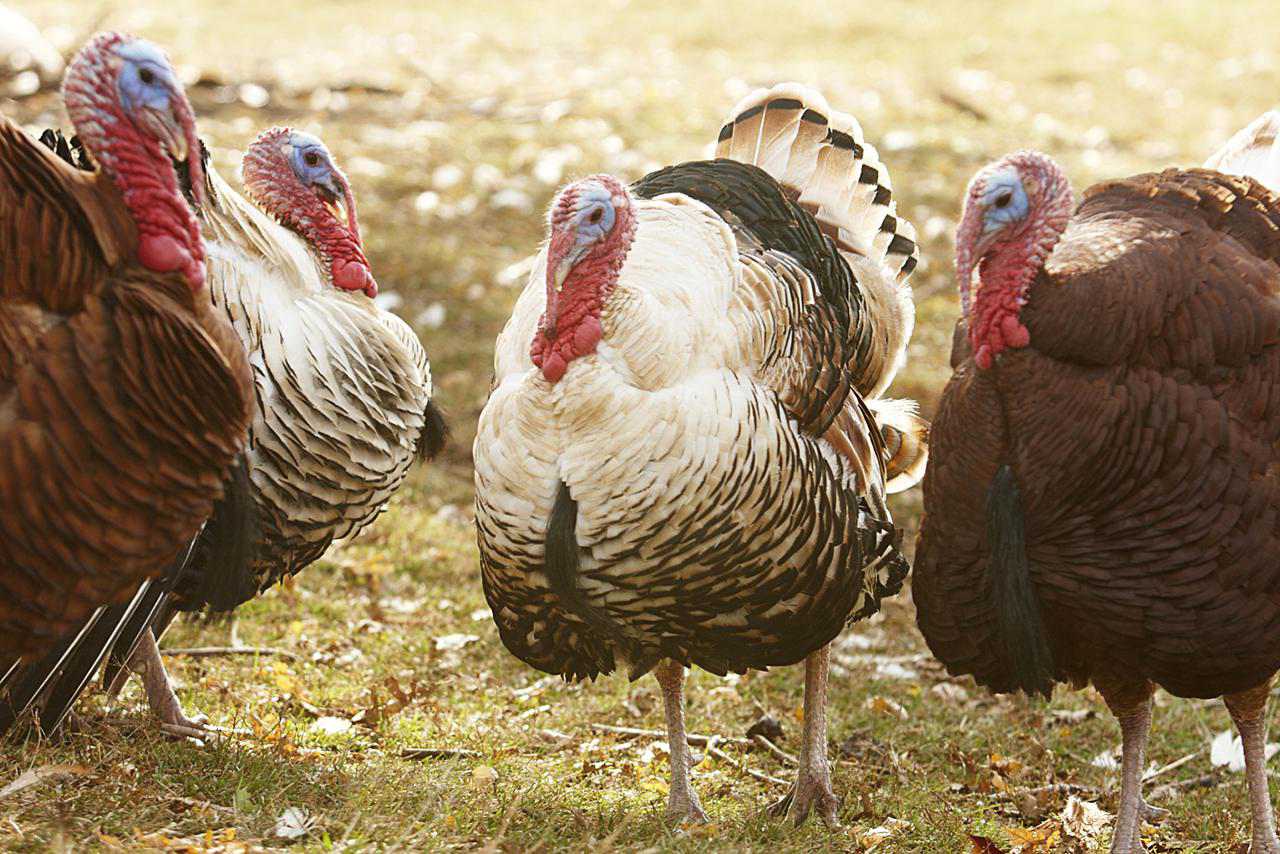WHY RAISE CHICKEN?
There are many benefits to raising chickens. One of the main benefits, if you have a layer or dual purpose chicken, are eggs. You’ll have fresh eggs right in your backyard. Chickens also make excellent fertilizer for your gardens and lawns. When you feel it is time, you’ll also have home-grown poultry meat!
Layers
Layers are any chicken that are specifically raised for eggs.
Getting Started
If you choose to raise your flock from chicks, it’s recommended to start in late spring to reduce cost of heating. The easiest and most economical method is to purchase pullets ages 18 to 22 weeks old that are ready to lay. If you start with chicks, the brooder should be started at 92-95℉ for the first week then gradually decrease it by five degrees per week until it reaches 70℉. Laying hens should be brought into production around 20 weeks old.
Feed and Water
Layers should be feed a completely balanced diet. They should be feed 18% to 20% protein starters for the first six to eight weeks, then 14% to 15% protein grower or developer from nine to 18 week, and finally layers over 18 weeks should be feed 16% to 18% protein layer with grit and a calcium source in a separate feeder. If birds are feed table scraps or whole grain they can decrease production, make the birds fat, and cause prolapse. There should be three inches of feeder space per bird. The lip of the feeder being level with the bird’s back height with the trough feeder only filled one-third to one-half full to decrease feed waste. Provide at least one gallon container of clean, fresh water daily per 20 birds. The waterers’ lip should be level with the birds’ back. Hens should not go without water for more than 12 hours or there will be a drop or stop in egg production.
Laying
Pullets should come into and remain in production at around 20 to 80 weeks old. After 80 weeks, molt the flock together. It will take 10 to 12 weeks for birds to cycle back into production after molting. After each laying cycle (laying and molting), hens will slowly decrease efficiency in production creating less eggs in shorter time intervals.
While hens are in the laying part of the cycle, they should be provided with 14 to 16 hours of light per day for maximum year round production. Once light is decreased, the birds will stop laying. Light will have to be added in the fall and winter. Lights should be hung above the food and water for each 100 square feet of pen.
Housing
A hen’s nest box should have at least one square foot of space. They should be placed at least two feet above the floor away from the roost and kept clean and dry. Roosts should be two square inches of the board’s space, 12 inches apart, and two feet above the floor. There should be six inches of perch space per bird. Keep litter three to four inches deep while removing and replacing wet litter as needed. Pine shavings are recommended, but any absorbent material with minimal dust will work. Windows or a fan should be added to ventilate and dry the pen. Yards aren’t needed, but a confined, exercise area that provides five to ten square feet per bird can be used.
Broilers
Broilers are any chicken that is specifically raised for meat.
Getting Started
If you choose to start a broiler flock, make sure you are getting your eggs or day-old chicks from a reputable dealer whose breeders are free of diseases including Salmonella pullorum, Salmonella typhoid, and Mycoplasma. If you are planning on trying to make a profit off of your birds, the most economical meat production birds are: Cornish, Plymouth Rock, and New Hampshire.
Housing
Housing is an important aspect to any type of poultry production. Spring through fall flocks can be a bit more minimal compared to the winter flocks that need more substantial housing. For any season, there has to be plenty of space for the broilers to move and grow. Most broilers are raised into total confinement with the exception to roasters and capons that may be allowed limited outside access. Before using any equipment or new housing, it must be disinfected and cleaned thoroughly. This will decrease the amount of disease that is being spread between you, the store, other poultry, etc. to your poultry. When the house has been cleaned and disinfected, the area must be dried and aired out.
Brooding
When brooding chicks, electric brooders are good for smaller numbers of chicks while gas or oil powered brooders are good for larger numbers. The brooder should be started at 90-95℉ measured at two inches off the floor under the edge of the hover. Gradually decrease the room temperature each day, five degrees per week, until it reaches room temperature.
Feed and water should be readily available as soon as the chicks arrive. Chicks need one inch of feeding space for the first two weeks, two inches for two to six weeks, and three inches after six weeks. Fill hopper half full and adjust feeder height or size to birds’ size to minimize feed waste. Provide a one gallon water fountain for 50 chicks for the first two weeks. Provide one gallon of water per 15 chicks ages’ two to 10 weeks. Provide one gallon of water per 10 chicks ages’ 11 weeks and older.
CONSUMER DEFINITIONS
Consumers often get mixed messages regarding some food industry terms. Some of these terms may appear on chicken labels. Here are some terms with definitions to help clear up any confusion.
Free Range
There’s no precise federal government definition of “free range,” so the U.S. Department of Agriculture (USDA) approves these label claims on a case-by-case basis. USDA generally permits the term to be used if chickens have access to the outdoors for at least some part of the day, whether the chickens choose to go outside or not. In practice, most chickens stay close to water and feed, which is usually located within the chicken house. Chicken labeled as “organic” must also be “free-range,” but not all “free-range” chicken is also “organic.” Less than 1% of chickens nationwide are raised as “free range,” according to the National Chicken Council (NCC).
Farm-Raised
All chickens are raised on farms. So any chicken could be labeled “farm-raised.” When this term is used on restaurant menus and the like, it usually refers to chickens raised on a local farm.
Natural
Under USDA regulations, a “natural” product has no artificial ingredients, coloring ingredients, or chemical preservatives, and is minimally processed, just enough to get it ready to be cooked. Most ready-to-cook chicken can be labeled “natural,” if processors choose to do so.
Organic
The USDA has a very specific rule to define “organic” production and prohibits the use of the term “organic” on packaging of any food product not produced in accordance with its rule. According to USDA, the organic label does not indicate that the product has safety, quality or nutritional attributes that are any higher than conventionally raised product.
No Hormones Added
Despite what you may hear, no artificial or added hormones are used in the production of any poultry in the United States. Regulations of the Food & Drug Administration prohibit the use of such hormones. No such hormones are used. So any brand of chicken can be labeled “Raised without hormones” or something like that. However, any package of chicken with that type of label must also have a statement that no hormones are used in the production of any poultry.
"Raised Without Anitbiotics" or "Antibiotic-Free”
“Raised without Antibiotics” on a package of chicken indicates that the flock was raised without the use of products classified as antibiotics for animal health maintenance, disease prevention or treatment of disease. Animal health products not classified as antibiotics (such as some coccidiostats, which control protozoal parasites) may still be used. “Antibiotic free” is not allowed to be used on a label but may be found in marketing materials not regulated by the U.S. Department of Agriculture. It means the same thing as “Raised without Antibiotics.” All chicken is “antibiotic-free” in the sense that no antibiotic residues are present in the meat due to the withdrawal periods and other precautions required by the government and observed by the chicken companies.
Enhanced Chicken Products
Some fresh (raw and uncooked) chicken products are enhanced with chicken broth or a similar solution. The presence and percentage of the broth or other solution must be stated clearly and the actual ingredients listed on the label. Both enhanced and non-enhanced products are currently available in the marketplace. Sodium is used in the broth or solution of some enhanced products, usually at very low levels. The presence of salt or sodium is noted on the label.
"Retained Water"
A “retained water” statement, such as “May contain up to 6% retained water” or “Less than 4% retained water,” is often found on packages of fresh poultry. USDA prohibits retention of moisture in meat and poultry except for the amount that results from essential safety procedures, such as chilling processed chickens in ice-cold water to reduce their temperature and retard the growth of spoilage bacteria and other microorganisms. If any moisture is retained by the product after this procedure, it must be stated on the label.
All-Vegetable Diet
Poultry feed is made primarily from corn and soybean meal. Poultry feed sometimes includes some processed protein and fats and oils from meat and poultry by-products. The composition of all animal feed ingredients used in the United States is regulated by the Association of American Feed Control Officials (AAFCO). If the chicken company chooses not to use these ingredients, the feed would contain no ingredients derived from animals and could be described as “all vegetable.”
Chicken: Made in the USA
Nearly all the chickens and chicken products sold in the United States come from chickens hatched, raised and processed in the United States. The only exception is a small amount imported from Canada, which has food safety and quality standards equal to our own.
EGG PRODUCTION
Production Process - America's egg farmers continue to modernize egg farming production and processing practices in order to meet the demand for nutritious, high-quality eggs. This AEB website is a great introduction the commercial egg industry in the USA.
An Inside Look at Hickman's Family Farms - Hickman's Family Farms (Buckeye, AZ) gave journalists an inside look at their state-of-the-art facility in this well-crafted article.
Resources
Everything You Need to Know About Raising Broiler Chickens - PowerPoint Presentation by Dr. Michael J. Darre from University of Connecticut
Broiler Publications - Purdue University Broiler Resource Page
Layer Publications - Purdue University Layer Resource Page
Management Requirements for Laying Flocks - Penn State Extension article on raising laying flocks
Successfully Raising a Small Flock of Laying Chickens - Penn State Extension article on successfully raising small laying flocks
Laying Hens - NC State Extension resource page on laying hens







